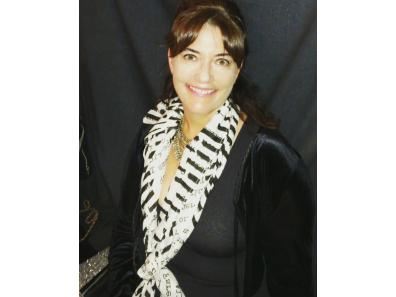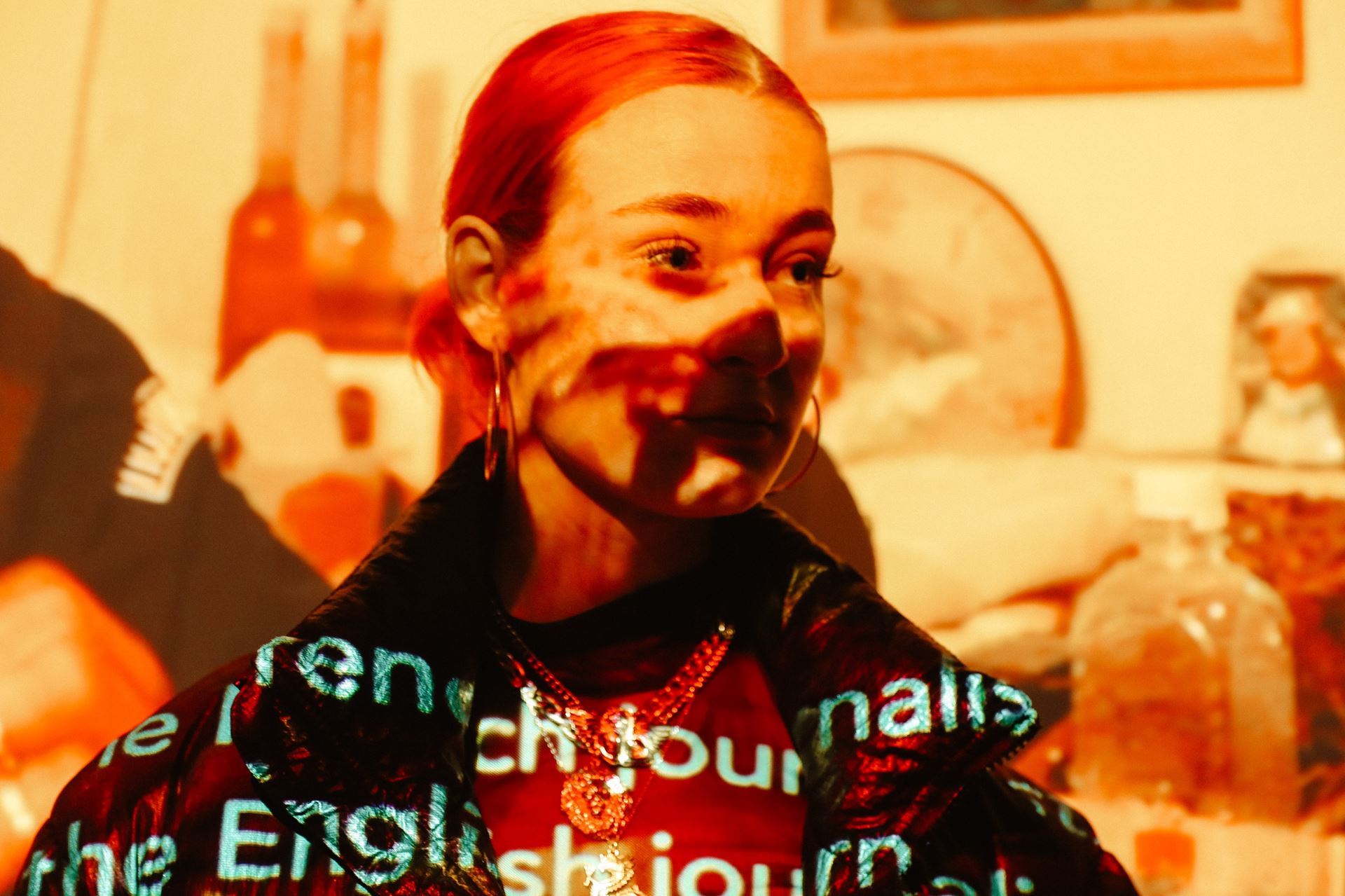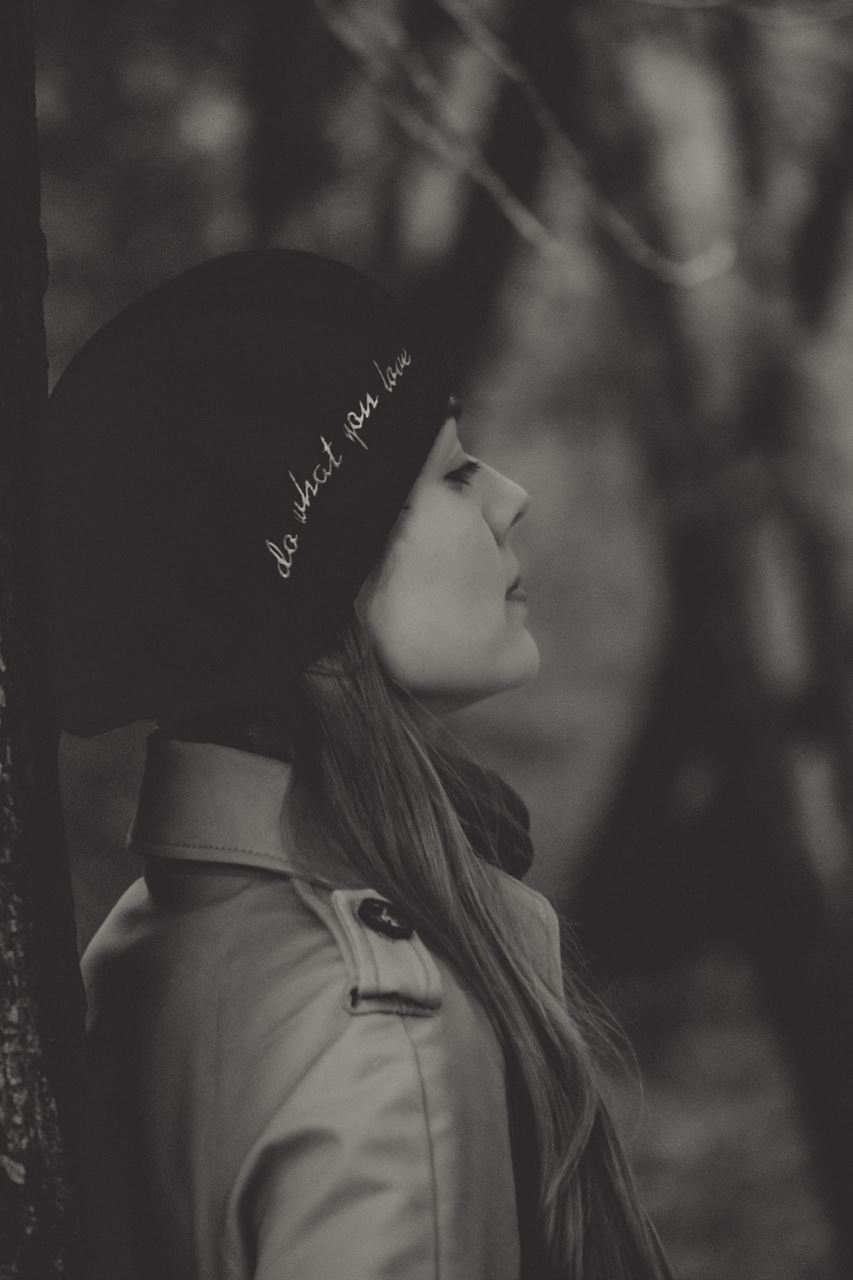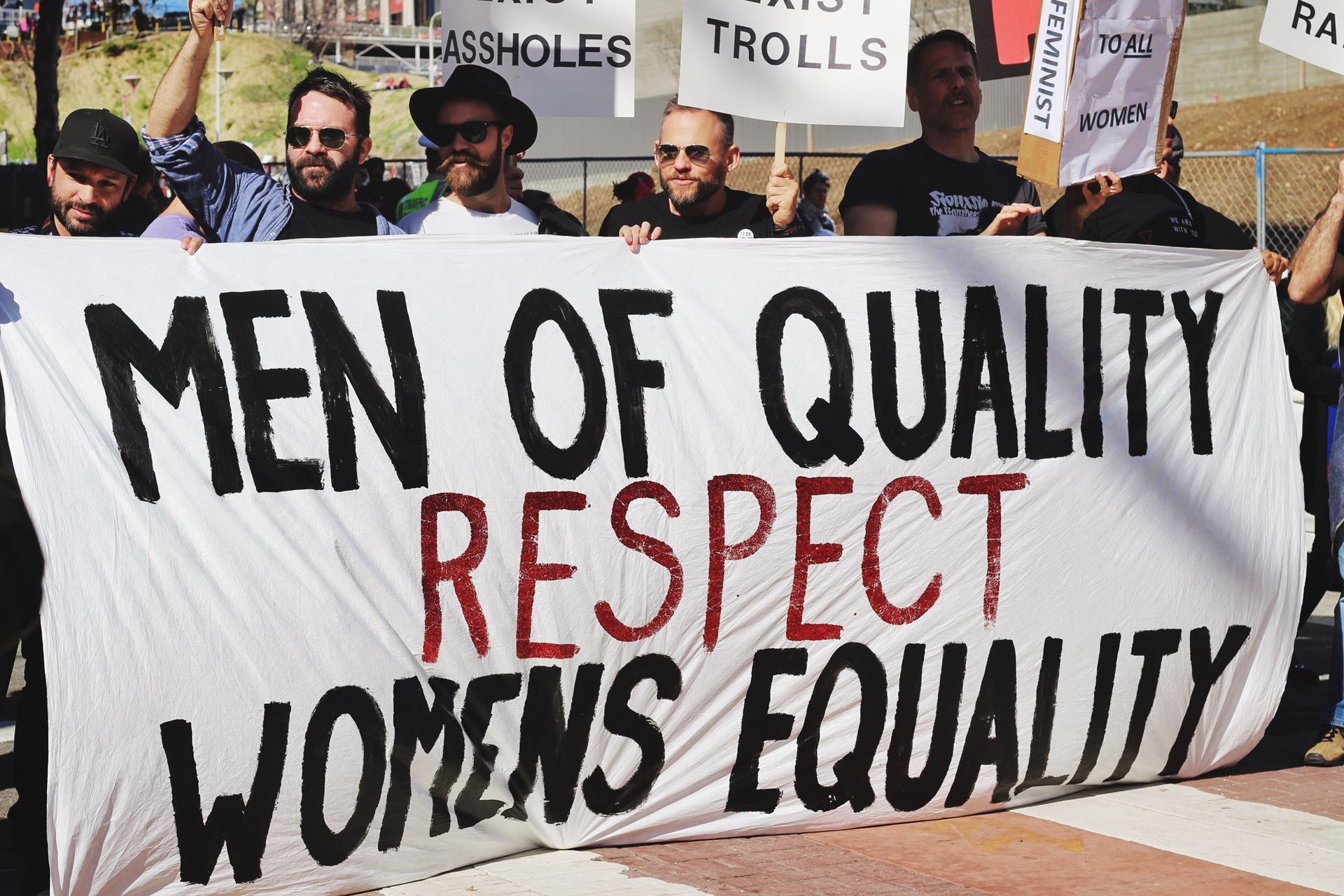Fighting for a Female Sentence, by Rita Anderson

Recently, I ran a theatre salon in Cincinnati where one of the participants—an academic and an aspiring playwright—told me a disturbing experience she had had in a writing class. “One of the gentlemen, mind you, wrote about women who had been left behind by their fishermen husbands and brothers. The instructor told him (and the class), ‘You’ve missed the boat. The story’s out there,’” pointing, I assume, to where the men-of-action lived offstage.
This story now comes to mind when I hear women who select plays for theater seasons and competitions criticize female playwrights for “not writing like their male counterparts” or for “failing” to create female characters that are “active,” only “reactionary.” It’s not that these female artistic directors are trying to pick all male writers—but they are trying to pick a “solid” season that comes together in a thematic or unified way. This approach will, yes, identify and reward women writers who are good mimics, amongst other things, writers who have perfected the male sound, the male play, the male sentence.

Photo by Fancycrave on Unsplash
In the first part of this discussion on why achieving gender parity in theatre continues to be so problematic, I argued that women have been conditioned to adopt male patterns of thinking, reading (i.e. the world as well as texts), and writing. Assuming a male writer’s primary crisis is a tendency to emulate his favorites and that women writers search for such heroes in her own likeness but don’t find them and so suffer an “anxiety of authorship,” with so little women’s writing preserved or cherished as literary legacies who could her heroes be and where might they be found?
If a woman traditionally “surrenders” her natural forms to comply with institutional male models (and by this, I mean the metaphors, language, and structure women might have used instinctively to shape her stories), then how does “she” recover that, after assimilation? Can she? Having learned how to codify: to decode her female nature and encode male logic, language, and strategies, can she return to an informed innocence—in order to re-shape her experience? [As girls, we had to code through the universal “he” to share in much of the written word.]

Photo by Bohdan Maylove on Unsplash
“Herstory,” then, is really about trying to un-imagine the damage of that impact and, as stories are made of smaller units called “sentences,” this re-imagining must include a valuing of a female sentence. Not only must the culture deem “her” stories important, but also it has to recognize her way of telling a story--the words she chooses and how rhythmically or circuitously she strings them together to form meaning. What if her style isn’t linear?
What, then, might her sentence look like—had it lived freely to spawn female libraries and literary canons to influence us? This is what I’m asking. This is the sentence I am after, hers. What is her sentence and how is it different from the standard stock and trade? Will you recognize it, if and when you hear it? Is it a welcome addition to what should be a growing lexicon, syntax, and pallet of voices, voices and words, words and ways of speaking and storytelling? Or will the Otherness irritate because it goes against all that training, consciously or unwillingly, you’ve internalized?

Photo by Daniel Adesina on Unsplash
If we’ve debunked the myth that female playwrights are rare and if women comprise 52% of the world’s population, then why aren’t women’s plays, naturally, selected at least half of the time, even now? Are her stories consistently subpar—or could it be her sentence or storytelling blueprint that is different? Will her content and the structure she comes up with to carry her message alienate you, if she deviates from the “norm”? They may—but couldn’t you learn to “hear” it her way, adjusting to her storytelling methods? Her style may not be simple or clearly straightforward but comprised of sentences that curl into a story that circles. Curling sentences and circling stories that repeat to redefine and reinforce through repetition.
We love to discuss diversity (over uniformity) and a multiverse (instead of a universe) but, seriously, what if her sentence isn’t his economy of words? Or if her style “fails” to replicate his focus on action—making her stance a “reactive” posture, which thereby “reduces her characters to inert followers”? And if her concerns for community aren’t things the standard models value?

Photo by Artem Maltsev on Unsplash
Who hasn’t memorized--into the fiber of our consciousness--what that aesthetic is in literature? Perhaps not the novices, emerging playwrights who aren’t yet expert impersonators. This notion is confirmed when “Bitter Gertrude,” whose posts I enjoy, blogs that 75% of the playwrights her theatre produces are men and how hard it is to find new, female playwrights who don’t make the same “beginner’s mistake. Their characters suffer a lethal passivity and don’t have active desires. This is only a problem [with] emerging female playwrights. [V]eteran, more established women writers write active main characters, just like their male counterparts.” There is no incentive then for women to try and think outside this box so how will “she” find more organic ways to produce meaning? Will we ever achieve accepted and esteemed “alternative discourses”?
More Than a Room, We Need a Sentence of Our Own
Virginia Woolf wrote, “However much we may go to the work of male artists for pleasure, it is difficult to go to them for finding a voice,” and I’m not sure how much has truly changed on this front in the century since. I’ll need to write my dissertation, however, to develop this argument into its truest potential, but I will finish here with these thoughts. My frame of reference changed 20 years ago when I read Luce Irigaray (“This Sex Which is Not One”), Ann Rosalind Jones (“Writing the Body”), Helene Cixous (“Why so few texts? Because so few women have as yet won back their body”) and others. Ideas about “renversement” as a process and as a worthwhile, final product. That it’s important to keep blowing up an idea with questions, not always aiming to answer them—and I don’t mean that dismissively or to suggest that art can just be a hot mess with no craft involved.
My argument for learning to identify what a woman’s sentence might look like isn’t one in support of an anything-goes approach devoid of merit, artistic method, or a stylized talent. It is about multiplicity, building up, including. How? I don’t have those answers. Why? Because we can’t just release young women back into the wild and tell them that, after years of acculturated evisceration, “It’s okay to throw like a girl now. Take it back. Reclaim those words and what they mean.” We have to show her the ways she can #FightLikeAGirl and #WriteLikeAGirl. But first? First, we must help her find her sentence. Why? Because to cure rot you must diagnose it from its point of origin. Culturally, we can slap down new linoleum but the floorboards will groan until we rip them up and replace them—maybe even go so far as to reconfigure the floor plan. In a less-linear fashion.

Photo by Samantha Sophia on Unsplash
Rita Anderson is an award-winning playwright and poet. She has an MFA Creative Writing and an MA Playwriting. Contact Rita through her website: http://www.rita-anderson.com/index.html
Read more about Rita in her member profile.
![]() at the top of the post
at the top of the post![]() at the top of the post
at the top of the post